Choosing the Right Lifting Sling for Any Application
- By Hanes Supply
- Sep 15, 2025
- 0 Comments
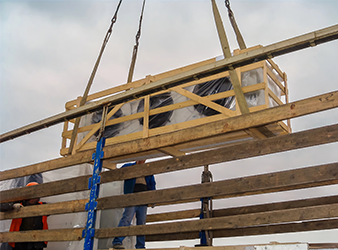
Choosing the right lifting sling is crucial to the safety and success of your lifting operations. With various sling types available—each designed for specific conditions and tasks—it's essential to understand their strengths, limitations, and best-use scenarios. We'll outline the key sling types, factors for selecting the right one, and the industries where each performs best.
Understanding Lifting Slings
Lifting slings are load-bearing devices utilized with cranes, hoists, or rigging systems to transport heavy objects. Choosing the right sling enhances lifting efficiency and reduces the risk of load damage, equipment wear, and workplace injuries.
Types of Lifting Slings
1. Nylon Web Slings
Nylon web slings are flat and flexible. Usually constructed from nylon, but can be made with polyester by request. Recognized for their lightweight and softness, these slings are perfect for lifting objects that shouldn’t be scratched.
Advantages
• Gentle on sensitive or painted surfaces.
• Simple to store, manage, and set up.
• Resistant to mildew and certain chemicals.
Considerations
• Prone to cuts, abrasions, and UV damage.
• Not recommended for high-heat environments.
• Nylon displays moderate elasticity, while polyester offers low stretch.
Most Common Application
• Manufacturing: Handling equipment and painted parts.
• Warehousing and Logistics: Handling delicate cargo with care.
• Construction: Lifting construction materials such as pre-cast concrete with smooth finishes.
• Aerospace: Managing aircraft components where surface protection is critical.
2. Polyester Round Slings
Round slings are constructed from continuous loops of high-strength fibers and covered with a protective sleeve. They evenly distribute loads and are ideal for lifting irregularly shaped or delicate items.
Advantages
• Exceptional adaptability and load alignment.
• Lightweight with a high strength-to-weight ratio.
• Color-coded for easy identification of load capacity.
Considerations
• It may hide internal damage; it requires a thorough inspection.
• Not suitable for sharp loads without protection on the edges.
Common Industries
• Oil & Gas: Lifting pipes and valves with fragile or uneven surfaces.
• Aerospace and Aviation: Take care when lifting engines or components.
• Machinery Installation: Positioning fragile yet heavy equipment.
3. Wire Rope Slings
Wire rope slings are steel wire strands twisted together to create a rope. They are strong, durable, and capable of lifting hefty loads in harsh conditions.
Advantages
• Highly durable and resistant to abrasion.
• Handles hot and rough load surfaces.
• Various configurations are available (single leg, multi-leg, sliding choker).
Considerations
• Not as flexible as synthetic options.
• Can damage loads if not padded.
• Requires careful handling to avoid kinks or damage.
Common Industries
• Steel Mills: Shifting billets, coils, and casting molds.
• Shipbuilding: Lifting heavy metal parts.
• Mining and Quarrying: Lifting stone blocks and using drilling equipment.
• Heavy Construction: Reinforcement bar cages, structural steel, and concrete panels.
4. Chain Slings
Chain slings are constructed from high-strength alloy steel, which makes them the most durable type of sling. They are perfect for extreme conditions, including high heat, chemicals, and heavy abrasion.
Advantages
• High durability and a long service life.
• Adjustable lengths with grab or shortening hooks.
• Performs effectively in high-temperature or harsh conditions.
Considerations
• Heavier than other types of slings.
• May harm delicate or painted items.
• Requires routine checks for wear, stretching, or cracks.
Common Industries
• Steel and Foundry: Lifting molds, dies, or hot metal components.
• Fabrication Shops: Managing large fabricated assemblies.
• Railroad and Utility Work: Lifting rail tracks, poles, and machinery.
• Demolition and Recycling: Lifting and moving scrap or debris.
Factors to Consider When Choosing a Sling
When choosing a lifting sling, keep the following in mind:
Common Industries
• Understand the load’s weight, size, shape, and fragility. Features like sharp edges, irregular shapes, or sensitive coatings affect your choice of sling.
Environmental Conditions
• Consider the effects of water, UV light, high heat, and chemicals. Each type of sling reacts differently to these factors.
Hitch Type
• Your lifting configuration—vertical, choker, or basket—affects load capacity and sling suitability.
Frequency of Use
• High-frequency lifts benefit from durable options such as chain or wire rope slings, while lighter-use applications may prefer synthetic alternatives.
Load Weight & Safety Factors
• Verify that the sling’s Working Load Limit (WLL) is sufficient for the job. Always consider how angle, hitch, and hardware effect capacity.
Regulatory Compliance
• Ensure all lifting gear complies with OSHA, ASME, and industry-specific safety standards.
Protective Accessories
• Consider using corner protectors, sleeves, or softeners when lifting sharp or abrasive loads. Also avoid pulling slings along the floor or over edges.
Best Practices for Safe Sling Use
Inspection
• Perform pre-lift inspections for signs of wear, damage, or other potential failures.
• Schedule regular inspections according to usage frequency and regulations.
Storage
• Store slings in dry, well-ventilated spaces.
• Avoid exposing synthetic slings to direct sunlight or chemicals.
Protective Accessories
• Consider using corner protectors, sleeves, or softeners when lifting sharp or abrasive loads.
• Avoid pulling slings along the floor or over edges.
Training
• Ensure that workers are trained in sling inspection, rigging techniques, and weight estimation.
• Display load charts and hitch type guides at job sites or lifting areas.
When to Seek Expert Guidance
Some lifts involve complex load shapes, unusual rigging angles, or various sling types. In these cases, don’t guess—consult a lifting and rigging professional. Expert advice can save time, reduce risk, and prevent costly damage or delays.
Whether you need help selecting the right sling for a one-time lift or wish to equip your jobsite with reliable rigging gear, Hanes Supply provides the products, expertise, and support you need. Our team can assist with product selection, safety tips, and custom rigging solutions. Call us at 1.888.426.3755 or submit a request online.

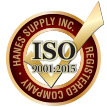

















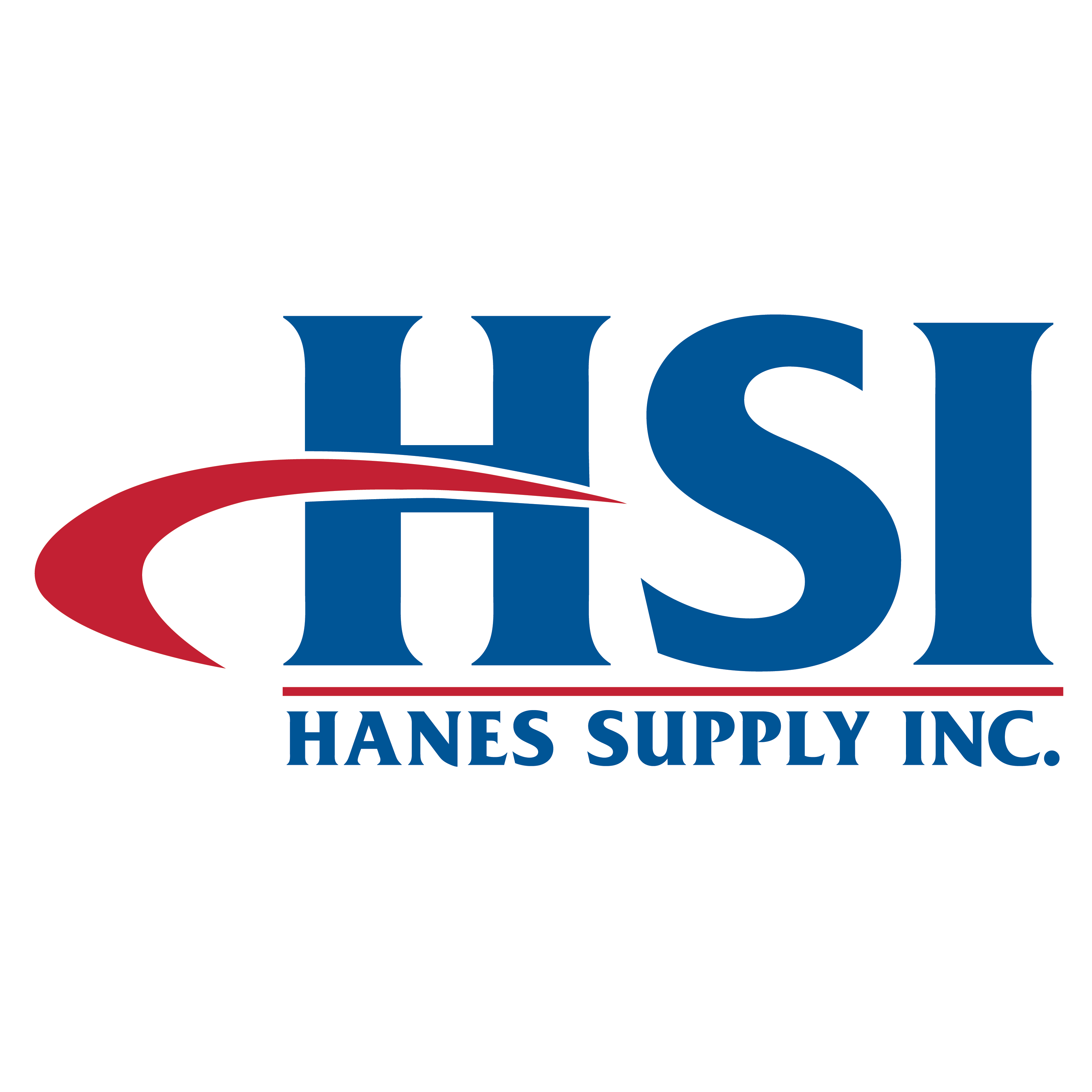


















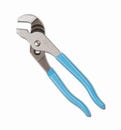 Channellock® 426 Tongue and Groove Plier, 7/8 in Nominal, 3/4 in L C1080 High Carbon Steel Straight Jaw, 6-1/2 in OAL
Channellock® 426 Tongue and Groove Plier, 7/8 in Nominal, 3/4 in L C1080 High Carbon Steel Straight Jaw, 6-1/2 in OAL
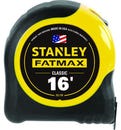 Stanley® 33-716 FatMax® Reinforced Tape Rule with BladeArmor®, 16 ft L x 1-1/4 in W Blade, Mylar® Polyester Film Blade
Stanley® 33-716 FatMax® Reinforced Tape Rule with BladeArmor®, 16 ft L x 1-1/4 in W Blade, Mylar® Polyester Film Blade
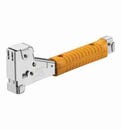 Arrow™ HT50 Professional Heavy Duty Tomahawk Hammer Tacker, Flat Crown Staple
Arrow™ HT50 Professional Heavy Duty Tomahawk Hammer Tacker, Flat Crown Staple
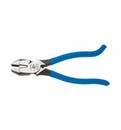 Klein® D2000-9ST 2000 Heavy Duty Rebar Work Cutting Plier, 9-3/8 in OAL
Klein® D2000-9ST 2000 Heavy Duty Rebar Work Cutting Plier, 9-3/8 in OAL
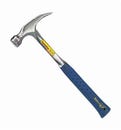 Estwing® E324S Framing Hammer, 16 in OAL, Smooth Surface, 24 oz Steel Head, Straight Claw, Steel Handle
Estwing® E324S Framing Hammer, 16 in OAL, Smooth Surface, 24 oz Steel Head, Straight Claw, Steel Handle
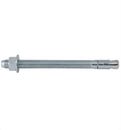 DeWALT® Power-Stud®+ Powers® 7449SD1-PWR Expansion Wedge Anchor, 3/4 in dia, 10 in OAL, 7-1/2 in L Thread, Carbon Steel, Zinc Plated
DeWALT® Power-Stud®+ Powers® 7449SD1-PWR Expansion Wedge Anchor, 3/4 in dia, 10 in OAL, 7-1/2 in L Thread, Carbon Steel, Zinc Plated
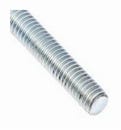 BBI® 777037 All Threaded Rod, 3/8-16, 12 ft OAL, Steel Alloy
BBI® 777037 All Threaded Rod, 3/8-16, 12 ft OAL, Steel Alloy
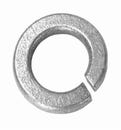 BBI® 754072 Medium Split Lock Washer, 1/2 in Nominal, 18-8 SS
BBI® 754072 Medium Split Lock Washer, 1/2 in Nominal, 18-8 SS
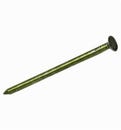 Primesource® 8CTDSKR Sinker Nail, 17/64 in, 2-3/8 in L, 9 ga, Vinyl Coated, Smooth Shank
Primesource® 8CTDSKR Sinker Nail, 17/64 in, 2-3/8 in L, 9 ga, Vinyl Coated, Smooth Shank
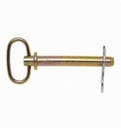 Campbell® T3899724 Hitch Pin, 1/2 in dia, 4-1/4 in L Usable, Forged Steel, Zinc Plated with Yellow Chromate, 5 Grade
Campbell® T3899724 Hitch Pin, 1/2 in dia, 4-1/4 in L Usable, Forged Steel, Zinc Plated with Yellow Chromate, 5 Grade

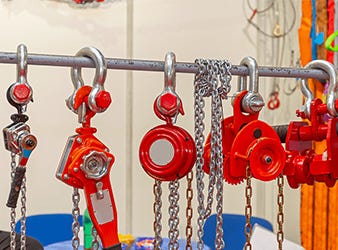
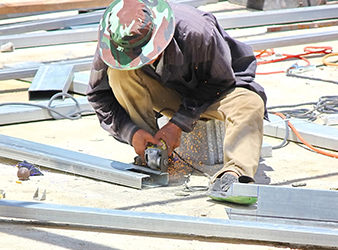
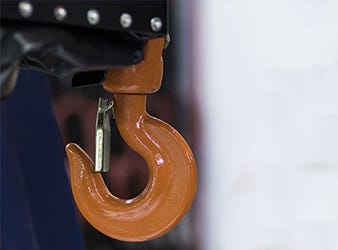
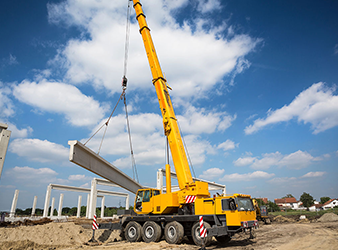

Comments (0)